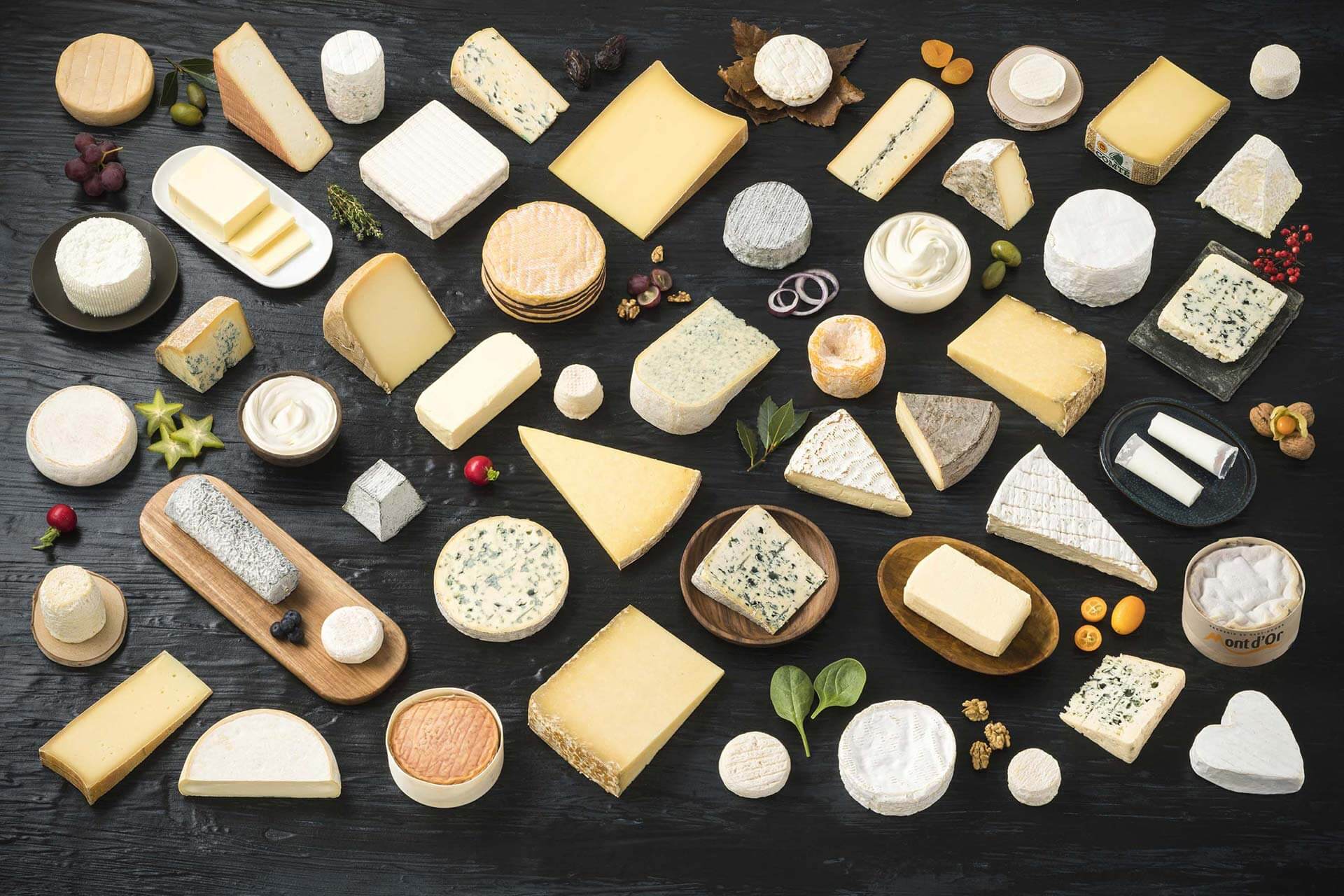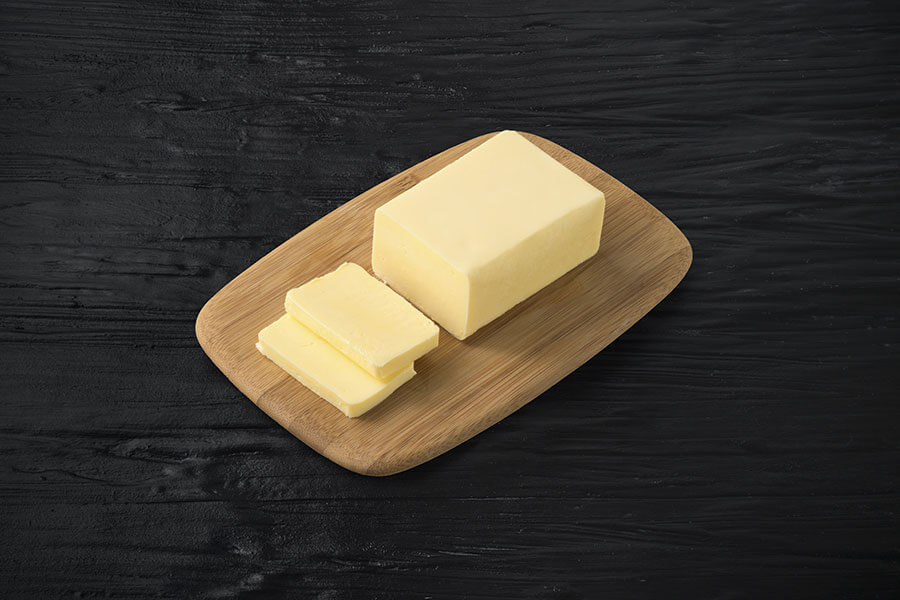Beurre de Bresse
Crème de Bresse and Beurre de Bresse owe their renown to the region of the same name. This bocage plain enjoys a remarkably diverse flora and has historically been used for grow corn. Bresse cows feed off a well balanced diet of grass (out to pasture for at least 150 days per year), corn and cereal, all of which is cultivated in Bresse. This results in a fat-rich milk that helps to make the region’s cream and butter so special. PDO Beurre de Bresse is churned in the traditional way . It has a tender texture and melts in the mouth, revealing grassy and floral flavours with slight notes of dried fruit. The prairie flora explains the yellow colour, which brings to mind the primroses of our youth!
-
Butter
Cow’s milk -
YEAR OF LABELLING
2014 -
Thermized/pasteurized milk
-
Butters and creams
Key figures
-
73 Milk producers
-
2 Production plants
-
517 Tons marketed in 2020
READ MORE
www.aoc-creme-beurre-bresse.fr

